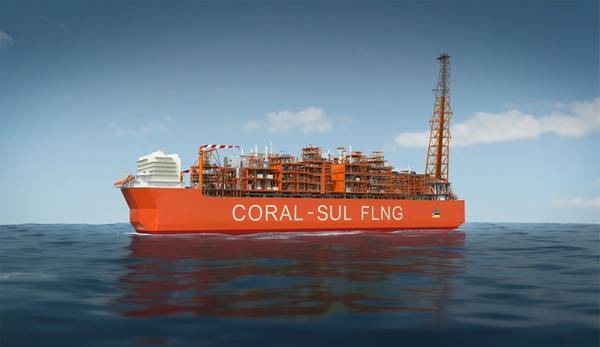What could you use to help drill for oil?
Oil and natural gas wells have traditionally been drilled vertically with depths ranging from a few thousand feet to as deep as five miles. Currently, advances in drilling technology allow oil and natural gas companies to reach more unique ways while reducing environmental impact.
The British for example have officials using aid money to support oil drilling in a world heritage site in Africa. Governing documents, obtained through freedom of information, reveal that the Foreign Office pledged thousands of pounds in aid to support drilling in Lake Malawi where the UN warns that a spill could wreck the fragile ecosystem. Companies are reaching more reserves by:
- Reducing the surface ‘footprint’ of drilling operations
- Drilling smaller holes and generating less waste
- Creating less noise
- Avoiding sensitive ecosystems
- Using mobile jaw crushers to move or clear any waste
- Completing their operations more quickly and efficiently
Seismic surveys are being used in certain regions to inform drilling plans of the risk of oil spills. An accidental spill anywhere in the lake would pose a potentially severe risk to the entire ecosystem especially to aquatic zones and coastal towns.
Horizontal Drilling
Horizontal drilling starts with a vertical well that turns horizontal within the reservoir rock in order to expose more open holes to oil. The ‘horizontal legs ‘can be as long as a mile and the longer the length, the more oil drained, making it faster to flow. By using horizontal drilling you are able to produce more oil with fewer wells and lest disturbance to the environment. However, the only negative with this technique is that is can only be used in certain locations, which makes it rather restricted at times.
Multilateral Drilling
There are times that the oil you are drilling will be located in separate layers underground. By using multilateral drilling allows drillers to branch out from the main well to tap reserves at different depths. Using this method will dramatically increase production from a single well and reduce the number of wells drilled on the surface.
Extended reach drilling
This is a very useful way for drillers to reach deposits that are a great distance away from the drilling rig. This allows companies to tap oil deposits under surface areas where a vertical well cannot be drilled. Commonly used on offshore sites, the use of extended drilling allows companies to reach accumulations far from offshore platforms, minimizing the number of platforms needed to produce all the oil and needed gas.
Complex Path drilling
This method can have multiple twists and turns to try to hit multiple accumulations from a single well locating from a single well location. Using this technology can be more cost effective and produce less waste surface impacts than drilling multiple wells.
Drill ships
This is for exploration targets farther offshore, specially designed rigs mounted on ships can drill in water depths up to 10,000 feet. The rigs are usually attached to the ocean bottom using traditional mooring and anchoring systems.











